Hero’s Journey
Aim
Reflection about an individual’s past life experiences.
Description
TARGET GROUP
Teenagers and young adults
TIME NEEDED
90 minutes
EXPLANATION
Another way young people can reflect on transitions and “difficult moments” in their lives is through the story arch that we can find in literature – mostly in folk and fairy tales, but also in popular literature and movies.
Hero’s journey is a concept trying to find underlying principles of the most common parabolas – those in literature and those we experience in our private lives. It is divided into 12 steps every “hero” has to pass through – and they are not easy to pass.
Hero’s journey through twelve steps symbolises a transition or a gateway between two stages. It starts in a familiar environment (step 1) and ends there (step 12). The environment does not change, but the Hero changes significantly: they become a new, better version of themselves.
Twelve steps of Hero’s Journey
- Ordinary World: This step refers to the Hero’s everyday life at the story’s start, before the adventure begins.
- Call to Adventure: The Hero is faced with something that makes him begin his adventure. This might be a problem or a challenge he needs to overcome.
- Refusal of the Call: The Hero attempts to refuse the adventure because he is afraid.
- Meeting with the Mentor: The Hero encounters someone who can give him advice and ready him for the journey ahead.
- Crossing the First Threshold: The Hero leaves his ordinary world for the first time and crosses the threshold into adventure.
- Tests, Allies, Enemies: The Hero learns the rules of his new world. During this time, he endures tests of strength of will, meets friends, and comes face to face with foes.
- Approach: Setbacks occur, sometimes causing the Hero to try a new approach or adopt new ideas.
- Ordeal: The Hero experiences a major hurdle or obstacle, such as a life-or-death crisis.
- Reward: After surviving death, the Hero earns or accomplishes his goal.
- The Road Back: The Hero begins his journey back to his ordinary life.
- Hero Resurrection: The Hero faces a final test where everything is at stake, and he must use everything he has learned.
- Return with Elixir: The Hero brings his knowledge or the “elixir” back to the ordinary world, where he applies it to help all who remain there.
During the training course, this tool can be used in many different ways:
- as a tool for reflection on experience with individual
- as a model for coaching
- it can be transformed into a pathway with 12 stations and put into nature
- it can be presented through a famous movie or cartoon (for example, The Lion King)
IMPLEMENTATION
Introduction to the session (10 min)
The opening explanation of the trainer focuses on changes and transitions in our lives.
Life as a series of seasons – how we feel in different seasons and how we can relate to other transitions in life.
Classic elements of transition: employment, moving home, marriage, children, graduation.
Life transitions and life journey as a Hero’s Journey (70 min)
Explanations of the Hero’s journey, how it works in movies/literature and how we can apply it when we look at our own lives.
Sending the participants on a journey:
- They should take a pen and some paper.
- The journey should be silent – even if they meet someone, they should keep quiet.
- They must find 12 spots/stations marked from 1 to 12.
- They have about 45 minutes to reach the end.
- They will be sent out one by 1, and they will be 1 minute apart. They should focus on themselves. It is unimportant if they are slower/faster than the person behind/in front of them.
- They will share as much as they want, so they can write and draw freely.
- Draw your journey where you are the Hero – from one experience or more in your past.
After the journey
When they slowly arrive back, we group them in pairs to discuss their experience:
- How was the situation during your journey?
- How did you feel in that situation?
- How did the situation change you? What kind of person would you be today if it wasn’t for this journey?
Conclusion: discussion about main life events (10 min)
Meeting with participants that leads from their past experiences to their possible future experiences:
- What can we learn from the stories we were willing to share?
- What are typical transitions in life?
- How do people feel about them?
- What were your needs in the past, and will you also need them in the future?
Notice: The last pair will only have around 5 minutes of discussion in pairs, so we encourage them to discuss things during the break if needed.
LIST OF MATERIALS
- Papers /notebooks,
- pens, colour pens, markers,
- Hero’s Journey spots (12 posters with the central theme of each area and additional questions).
Prepare a path with 12 spots with Hero’s Journey themes and questions. The best place is where there is enough space for participants to move around – outside or in a hallway. Spots should be apart enough that participants don’t disturb each other and should be clearly marked so that participants can find all of them.

